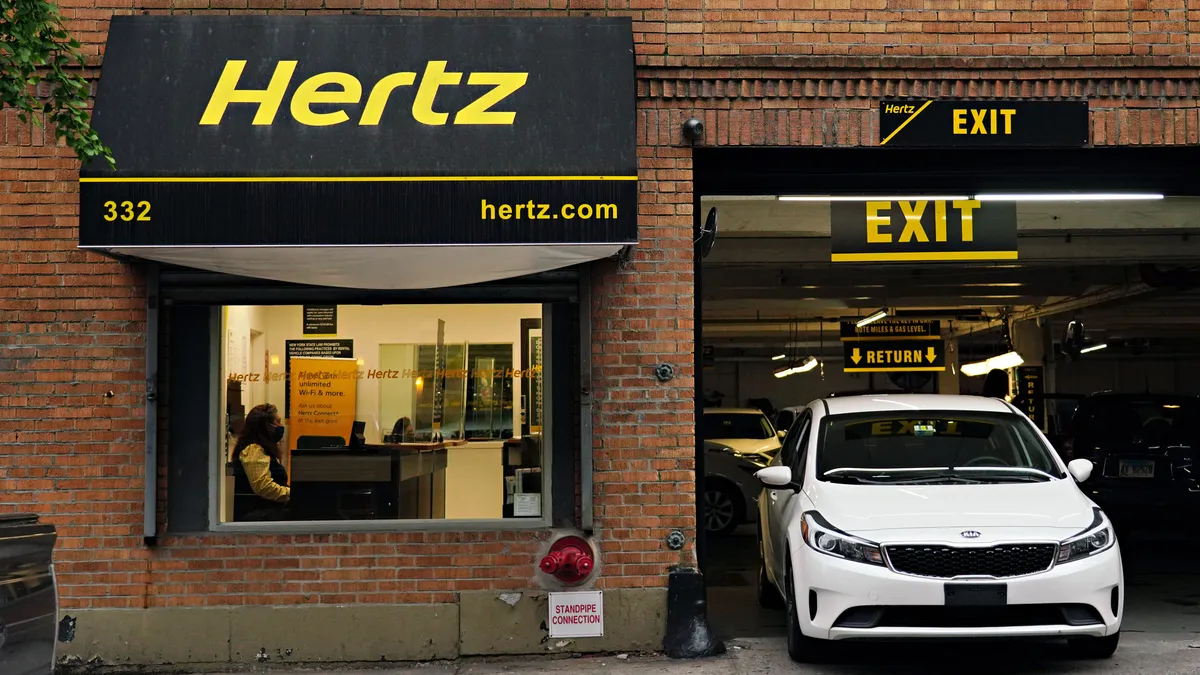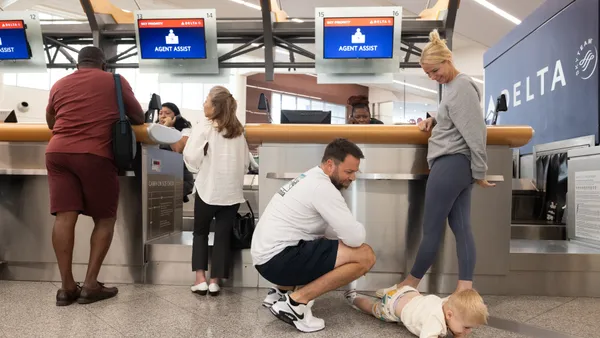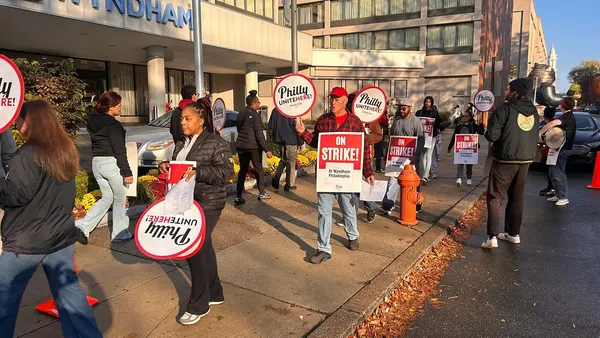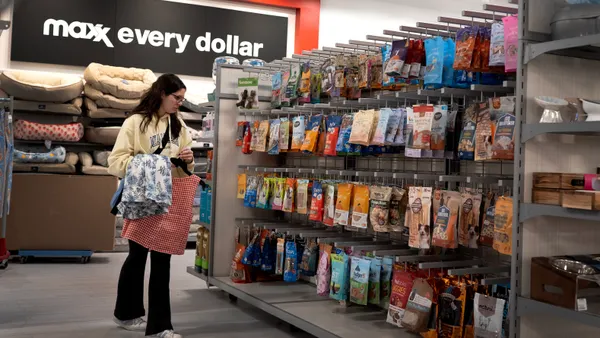Dive Brief:
- Home Depot’s investments in faster order fulfillment are paying off with improved customer satisfaction, executives said on a Q3 2025 earnings call Tuesday.
- Faster delivery, fueled by using both distribution centers and stores to get products to customers, drove a more than 4% increase in customer satisfaction scores, according to Ann-Marie Campbell, senior executive vice president of U.S. stores and operations.
- “Our faster delivery speeds are resonating with customers and driving greater engagement and sales,” Billy Bastek, EVP of merchandising, said on the call. “We know that as we remove friction from the experience, we see incremental customer engagement leading to greater sales across all points of interaction.”
Dive Insight:
Home Depot’s faster delivery speeds, as well as its continued emphasis on the professional contractor experience, are improving satisfaction. However, the investments were not enough to accelerate sluggish sales growth.
The company’s same-store sales rose 0.2% year to over year in the third quarter of 2025, according to a company earnings report. Net sales rose 2.8% year over year to nearly $41.4 billion, below the retailer’s expectations.
Executives pointed to the lack of storms, consumer uncertainty and continued pressure in housing as contributing factors for the disappointing quarter. However, Home Depot’s CX investments were a bright spot, particularly in terms of speed and product availability.
“The speed equation is a flywheel that works,” CEO and President Ted Decker said. “And all our investments in our direct fulfillment centers, regardless of what we're doing with the pro, is to serve all customers and increase the speed, which we have done very effectively.”
Higher on-shelf product availability is also improving the experience, according to Campbell. The associate-facing Sidekick app and investments in computer vision are making better in-stock rates possible.
The company has continued to roll out new tools for pro customers as well.
In September, Home Depot introduced a project planning tool that helps contractors create and manage materials and track orders and deliveries, according to Campbell. It later introduced a second tool, called Blueprint Takeoffs, that helps pros plan and prepare for their projects.
“This technology replaces a manual, intensive process that took weeks to complete, increasing accuracy and reliability,” Campbell said. “Adding this advanced technology to our ecosystem of capabilities to better serve the pro working on complex projects will further enable us to be the one stop shop for all project needs, from initial planning to material delivery, saving our pros time and money.”














